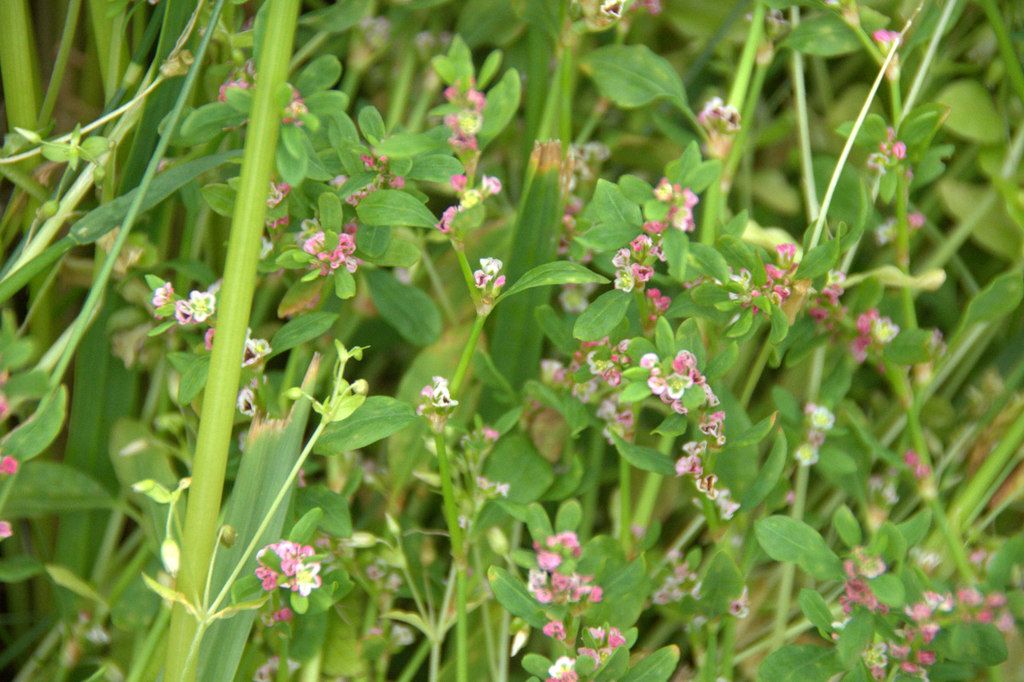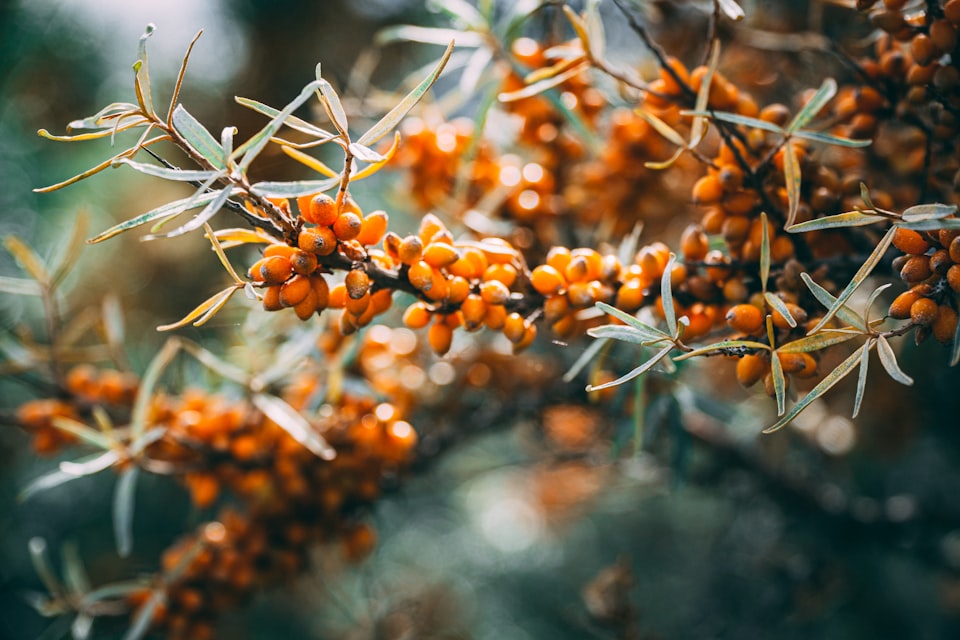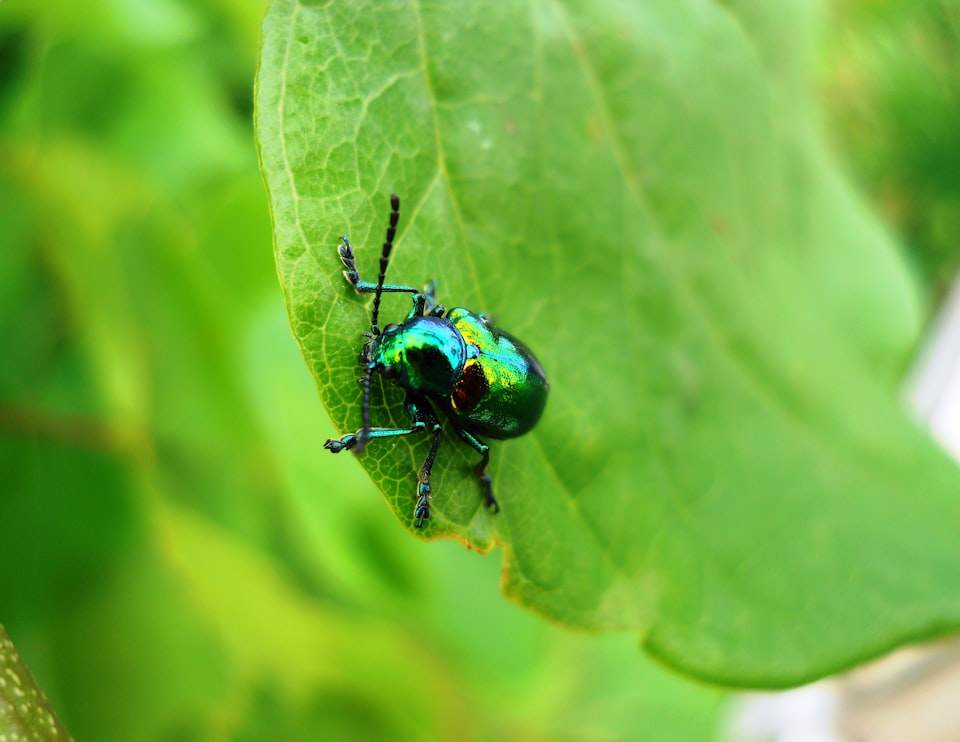IV: Knotgrass
There was an old lady who swallowed a fungus.

Good morning. Today is quartidi, the 24th of Pluviôse, Year CCXXXI. We celebrate la trainasse, another weed that at least tastes okay this time.
There was an old lady who swallowed a fly. Perhaps she'll die.
The remainder of that song goes up a pseudo-predator chain, teaching children that, in essence, there's always a bigger fish. She swallows a spider to eat the fly, then a bird to eat the spider, then a cat to eat the bird, then a dog to, I don't know, annoy the cat? Then things get weird with a goat to bite the dog and cow to kick the goat and a horse to probably round up the cow but at that point the old lady is quite dead.
This cautionary tale teaches a pretty good lesson in skepticism about using a predator to rid yourself of prey, as you generally just end up with a new predator problem. But beleive me when I say I've read a lot of studies and committee reports and science papers about parasites, and things work a little differently on that food chain. Let's follow the story of an old lady who swallowed some knotgrass.



